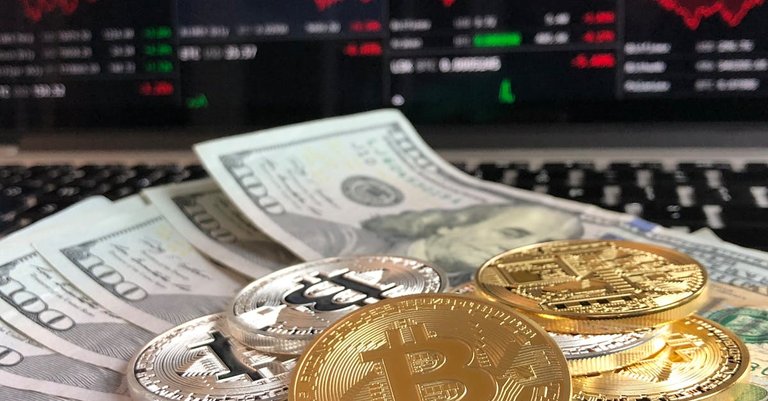A 50-basis-point cut by the Federal Reserve shows growing confidence in the trajectory of the economy and constitutes a significant pivot in monetary policy. The consensus expectations were that there would be a rate cut, although the magnitude of such was larger than some had anticipated, underscoring guidance to keep the economy going.
I see this rate cut as a two-edged sword.
On one hand, this is a clear vote of confidence in the resilience of the economy. The Fed would not ease monetary policy if it were not pretty sure that inflation was under control and the labor market stable. This should help consumer and business confidence and potentially spur investment and spending.

Yet, we also cannot discount the risks this move comes with. With additional cuts beyond the expectations of some, the Fed may indicate some hidden concerns in the economy not so easily seen. Or are they merely being proactive with their ways to keep growth going?
One thing that especially caught my attention was when Fed Chair Jerome Powell said, "The U.S. economy is in a good place." That's reassuring on the surface, but such pronouncements always worry me about what's hidden beneath the surface. History often gives us examples of just how fragile economic stability can be and how it can lead to overconfidence and complacency.

The market's response to the rate cut was instructive.
The modest spike toward $61,000 and quick retreat below $60,000 in the price of Bitcoin marked another reminder of just how sensitive the cryptocurrency market has been to monetary policy. Fluctuations like this one also make clear that many investments in cryptos are highly speculative and, while digital assets can gain from looser monetary policy, they are far from being universally a stable store of value.
The muted response from the equities markets, which had major indices closing lower on the day despite the rate cut, speaks volumes of investor skepticism.
Some of this easing may well have been priced in, or investors may be spooked by the implications of such a significant cut. Is this the first sign of market fatigue after several years of extraordinary monetary support?
This, coupled with the Fed's projection for further rate cuts this year, does raise questions about the sustainability of the growth patterns we've been in. The problem is, while lower rates can encourage borrowing and investment, they also risk inflating asset bubbles and encouraging excessive risk-taking.
We've seen this movie before, and it rarely ends well.
The other effect of the rate cut is, of course, the reduced value of the U.S. dollar. While a weaker dollar may help increase exports and make American goods more competitive throughout the world, it is also expected to reduce some of the purchasing power and could even have inflationary pressures later down the road. It is a fine line to walk, one which the Fed will need to pay close attention to in coming months.
The most interesting thing for me, though, with regard to the Fed's decision is that it seems to officially adopt a more data-driven approach.
Indeed, Powell's hint that further cuts of 50 basis points "shouldn't be thought of as the new pace" could indicate an intention for the trend to change if the conditions change. Flexibility here is commendable, at the same time, it introduces an element of uncertainty, which markets may have a hard time digesting.
Looking ahead, how the rate cut will reflect in the real economy is the critical issue. Does the move spur business investment and consumer spending, or is the benefit mostly accrued in financial markets, further amplifying the gap between Wall Street and Main Street?
Another trend to keep an eye on is the increase in crypto correlations with broader risk assets. The more the digital assets get integrated into traditional financial markets, the less they are seen as a hedge against economic uncertainty, a development that would have wide ramifications for long-term adoption and valuation.
Posted Using InLeo Alpha